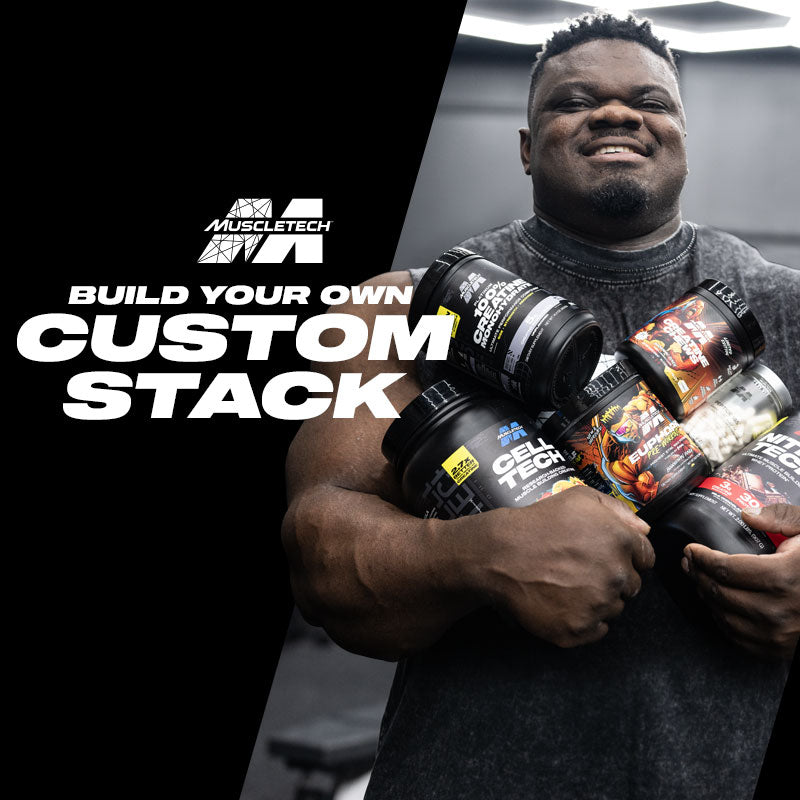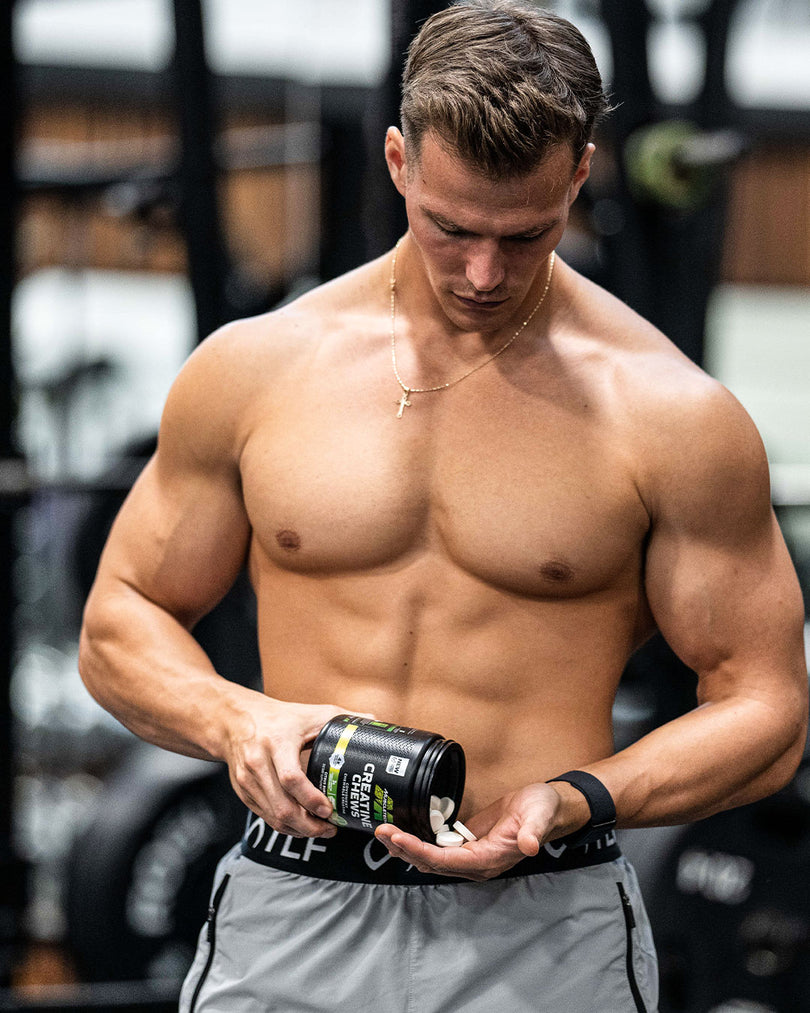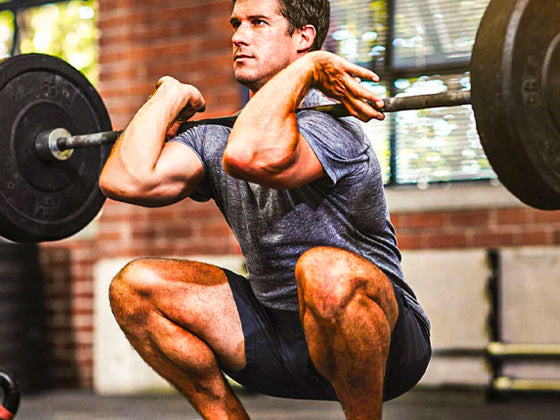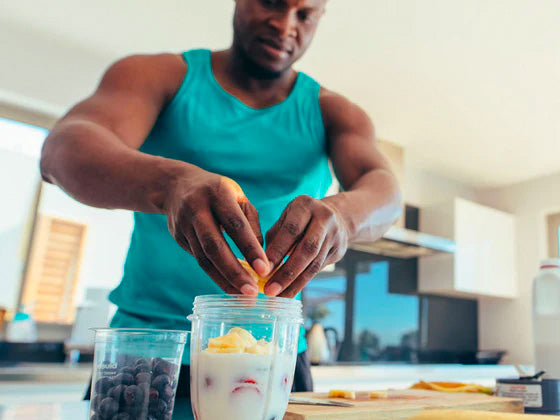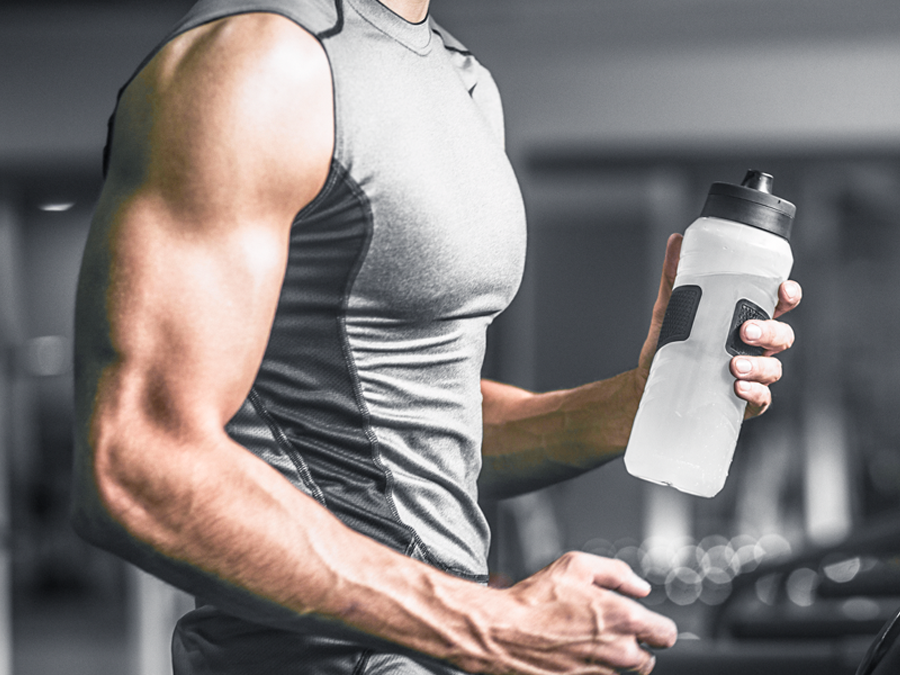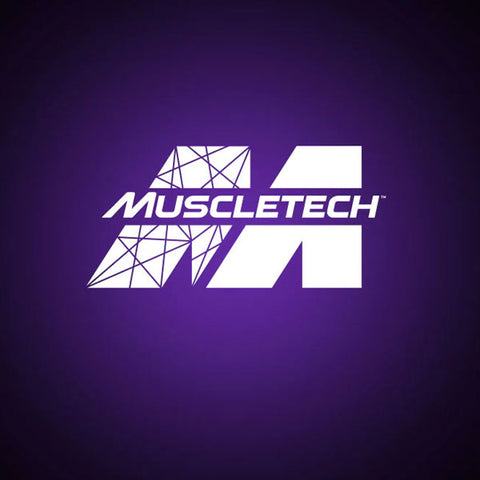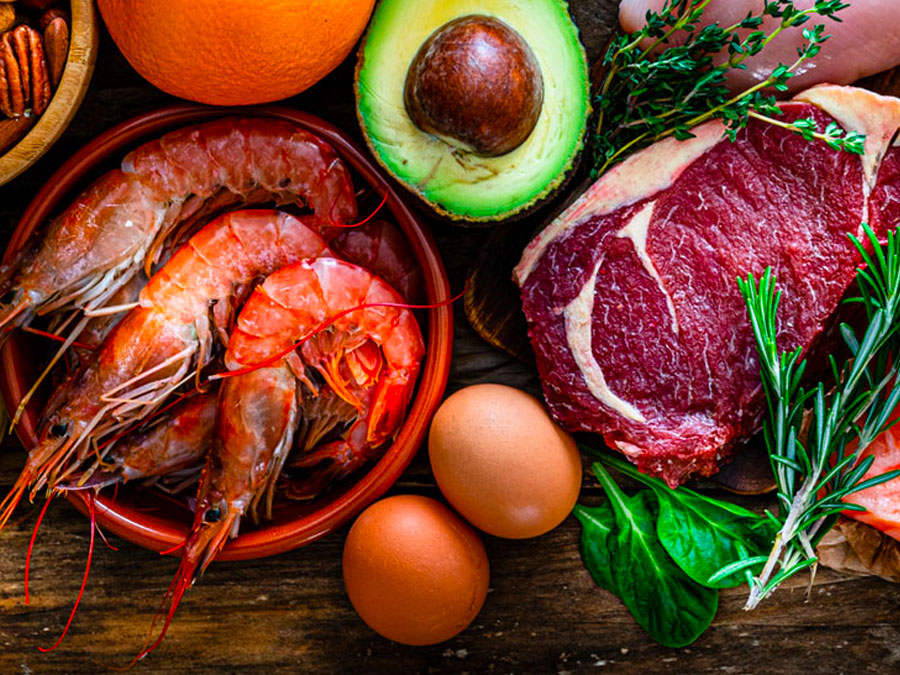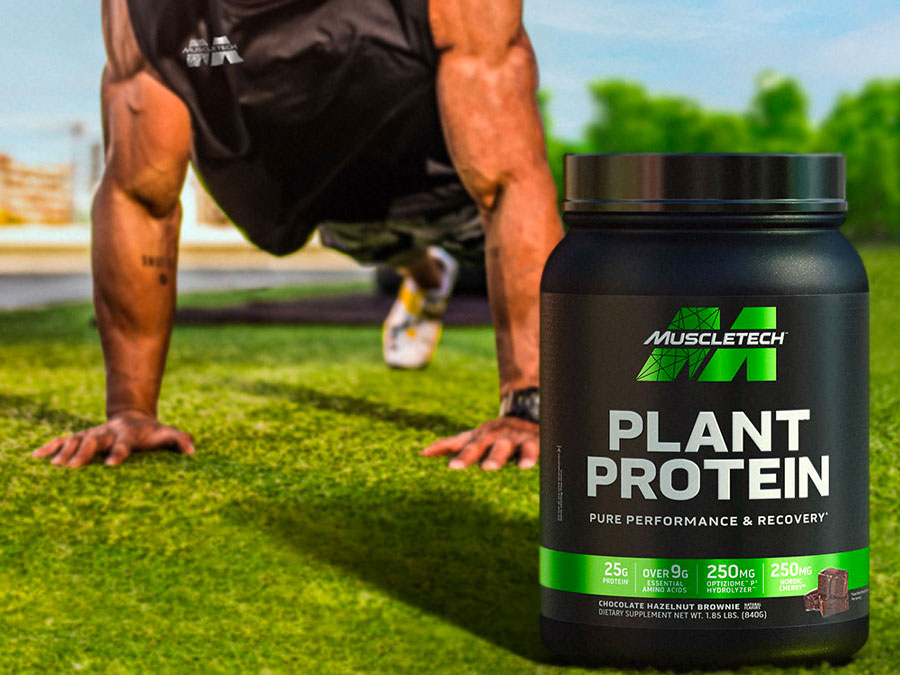By Elsie Alkurabi - Performance Nutrition Coach
Where did the 8 glasses of water a day recommendation come from anyways?
What is it about lore in the health industry that people tend to adhere to and perpetuate because “it’s just… common sense.” In other words, when did this seemingly arbitrary number become the standard across both genders of all the various sizes and activity levels?
If I had to guess, I would say it all started from an opportunity. An opportunity familiar to this industry in which a study is presented to the public, the media distorts it, and then others see a way to leverage that fear for profit.
In this case, a study published by the Food and Nutrition Board in 1945, did advise to, “Drink at least 6-8 glasses of water per 24 hours.”[1]
Except the media passed over the very next sentence that follows with most of this quantity is contained in foods. So, while everyone was concerned that we’re all walking around chronically dehydrated — it only made sense that old-school Sports Drink brands would find a way to influence the source.[2]
Shop & Save on Protein Supplements
Decades of Sports Drinks influencing the science of hydration and athletics have not only contributed to the hype but, even worse, most people recognized a popular sports drink as a “better alternative to water,” — even essential.
If you remember, one of the campaigns that came out of that system touted that we need to drink beyond our thirst because if we wait for our body’s natural thirst mechanism to determine our water intake, it will already be too late. Except, studies show this isn’t true at all — water balance is very well regulated through various quick, sensitive, and accurate physiological mechanisms.[3]
Thirst is invoked at a rise in plasma osmolality of less than 2%, whereas, most experts would define dehydration as starting when an individual has lost 3% or more of body weight — a rise in plasma osmolality of at least 5%. In other words, you will most often feel thirsty well before you actually become dehydrated.[1],[2]
And as it turns out, experts who have continued to spread the advice to ignore your body’s natural thirst mechanisms were, not surprisingly, sponsored by companies that sold sugary Sports Drinks. And while this isn’t inherently wrong or novel, researchers who have conflicts of interest are not objective enough to be writing guidelines.
Shop & Save on Pre-Workout Supplements
All trends start this way, and all trends have a life cycle. They are born, they become popular, and if they’re profitable enough, they’re funded. It’s why “detoxes” get millions and millions of revenue each year, and why some things, despite the lack of research, just become “common sense.”
To be completely fair, I know the advice to drink “8 glasses of water a day,” is really only intended as a guideline. However, it has created a lot of confusion, nonetheless: Are we living in a constant state of dehydration and if so how have we managed to survive this far?
Benefits of Hydration
The prevailing notion among everyone from athletes to regular health-conscious folks is that the more water they drink, the healthier they’ll be. After all, they’ve always been told to stay hydrated – often carrying around jugs of water as if they were prepped and ready for a pilgrimage across the Sahara – but what are they gaining from peeing every 10 minutes?
To start, there are many non-athletic scientifically proven benefits of hydration:
- Prevention of UTI and kidney stones[1][2]
- Decreased risk of premalignant adenomatous polyps[3]
- Water decreases the risk of fatal coronary heart disease[4]
- Benefits are claimed for fatigue, arthritis, asthma, and depression (but more scientific research is needed in these areas).
That said, we’re really not as dehydrated as people think. For the average individual (non-athlete), somewhere around 6 and 8 glasses per 24 hours seems to be the sweet spot. But, studies show that not all of the advised liquid needs to be in the form of water. Coffee, tea, milk, soft drinks, fruits, vegetables, etc are all good sources of water, as well.
While caffeinated drinks may have a mild diuretic effect — meaning that they may cause the need to urinate — they don’t appear to cause fluid loss in excess of the volume ingested.
Shop & Save on Weight Management Supplements
In 2002, Grandjean et al. examined the effect of caffeinated, non-caffeinated, caloric, and noncaloric drinks on hydration in 18 healthy adult males.[5] At the end of the study, there were no significant effects in body weight changes or standard urinary and plasma variables such as osmolality and concentrations of electrolyte and creatinine.
The authors concluded that “advising people to disregard caffeinated drinks as part of the daily fluid intake is not supported by the results of their study,” and that caffeinated drinks should count toward the daily fluid intake in the vast majority.[1]
Since for the vast majority of adults caffeinated and alcoholic beverages constitute nearly one-half or slightly more of the daily fluid intake[2], lifting these two restrictions raises the “effective” mean in Americans from the seemingly trivial amount of ∼900 ml to the respectable one of 1,700 ml.
And that last figure, of course, doesn’t even include the percentage of water we derive from food and metabolism.[3],[4] Some conclude that even 1,700 ml may be as much as 1 liter in excess of what sedentary adults need to maintain physiological homeostasis.[5]
However, in view of the persistent warning that caffeinated drinks do not count, the advocates of 8 × 8 still continue to tell us that “the average American still doesn’t drink enough water.”[6]
Have you read our research on pre-workouts for women?
But What About Athletes?
And although this doesn’t seem to fall in line with the average person, this may be true to varying degrees depending on the athlete or their activity level. Athletes do require a different level of hydration recommendations.
Since the rate of sweating and the total amount of sweat lost varies so wildly depending on the environment, intensity, duration, and the type of clothing and equipment worn — some athletes will encounter significant dehydration, while others can complete the workout with minimal dehydration.
A common concern for athletes and dehydration is the failure to replace the salt lost in sweat, combined with the excessive consumption of water or drinks containing no salt which increases the risk of hyponatremia.
In hyponatremia, the blood becomes more diluted. To correct this imbalance, osmosis draws water out of the blood and excess water enters all cells and tissues in the body.
In extreme cases, pressure builds up inside the skull causing a reduced flow of blood to the brain leading to disorientation, fainting, a coma, and even death.
In this case, although Sports Drinks are redundant for the casual exerciser, they may be beneficial for athletes in the context of high-intensity exercise at a duration of over an hour or exercising in intense humid/hot conditions with excessive sweating.
They have electrolytes such as sodium and potassium — minerals that are vital in nerve cell function and muscle cell function. If a person exercises at a high level for more than an hour, or in intense heat conditions, Sports Drinks can help maintain electrolyte balance and replace depleted stores of carbohydrates being burned for energy.
Exercise results in the loss of carbohydrates stored as glycogen in muscles and the liver.
After an hour of hard exercise, the loss contributes to the feeling of fatigue, either because the brain is affected by a fall in blood glucose concentration due to an inability of the liver to maintain the concentration in the face of demand for glucose by muscle or because the depletion of glycogen stored in muscle reduces the ability of the muscle to do the work.
Athletic performance therefore declines.
Drinks containing the appropriate concentrations of salt and carbohydrates consumed at an appropriate rate can offset the losses when consumed before and during exercise and can therefore enhance performance.
For the average individual, water alone is perfectly capable of preventing dehydration and a loss of electrolytes for moderate exercise — and a lot easier on the calories.
Athletes who exercise for relatively short periods of time (less than two hours or so) rarely suffer from hyponatremia.
Another common benefit of drinking water is the levels of promoting satiety and the sensation of fullness [1] (though, it’s unknown to what extent this effect reduces food intake, how long the effect lasts, and how much fluid might be needed to influence satiety).
It keeps us from consuming unnecessary calories. Dehydration and sleep deprivation can both manifest as hunger. By drinking water, we provide tools for the body to do all the biological things it’s already doing more efficiently and potentially remove the urge to eat unnecessarily.
Interestingly, there is research that water incorporated into food, as in chicken soup, appears to be more effective as a “preload” in curtailing appetite during a subsequent meal than if the same amount of water was drunk during the preload alongside the same food.[2]
So How Much Water Should We Drink?
In conclusion, the optimal composition of a drink for training will depend on various factors, including whether it is consumed before, during, or after training, what training session is undertaken, and in what training phase occurs.
On occasions, the best drink may contain protein, amino acids, carbohydrates, or only water. Sometimes no drink might be the best strategy.
However, excess water consumption won’t do anything extra besides making you pee more. Individual water requirements will vary greatly from person to person based on size, age, temperature/climate conditions, and level of physical activity.
The tip to drinking water is to ensure you’re getting adequate amounts, not excessive amounts, and to remain properly hydrated.
Natural thirst is a great indicator and guide for most people’s daily water intake needs, though this need will vary during exercise. Studies recommend athletes should ideally consume anywhere from 6-10oz of water 20 minutes prior to activity, and then another 7oz of fluid intake every 15-20 minutes during exercise.
There’s another simple recommendation that I’d like to mention: Use your urine color as a barometer of how much, if any, water you need outside the formula above.
If your urine is clear, you’re adequately hydrated; but if you have darker colored urine, you should consume more water. Start with 8 oz. and keep drinking until your urine returns to being nearly clear.
Remember that some vitamin supplements with artificial colors may show up as a strong yellow color, which will throw off using your urine color as a gauge.

1 Food and Nutrition Board, National Academy of Sciences. Recommended Dietary Allowances, revised 1945. National Research Council, Reprint and Circular Series, No. 122, 1945 (Aug), p. 3–18.
2 https://www.bmj.com/content/345/bmj.e4737
3Phillips PA, Rolls BJ, Ledingham JJG, Morton JJ. (1984) Body fluid changes, thirst and drinking in man during free access to water. Physiol Behav 33:357–363.
4Robertson GL.
(1991) Disorders of thirst in man. in Thirst: Physiological and Psychological Aspects, eds Ramsay DL, Booth D. (Springer-Verlag, London)
5Weinberg A, Minaker K. (1995) Council of Scientific Affairs, American Medical Association: dehydration evaluation and management in older adults. JAMA 274:1552–1556.
6Stamm WE. Cystitis and urethritis. In: Diseases of the Kidney (5th ed.), edited by Schrier RW and Gottshalk CW. Boston: Little, Brown, 1992, p. 1007–1027.
7Borghi L, Meschi T, Amato F, Briganti A, Novarini A, Giannini A.
(1996) Urinary volume, water and recurrences in idiopathic calcium nephrolithiasis: a 5-year randomized prospective study. J Urol 155:839–843.
8Lubin F, Rozen P, Arieli B, Farbstein M, Knaani Y, Bat L, Farbstein H. (1997) Nutritional and lifestyle habits and water-fiber interaction in colorectal adenoma etiology. Cancer Epidemiol Biomarkers Prev 6:79–85.
9Chan J, Knutsen SF, Blix GG, Lee JW, Fraser GE.
(2002) Water, other fluids, and fatal coronary heart disease. The Adventist Health Study. Am J Epidemiol 155:827–833.
10Grandjean AC, Reimers KJ, Bannick KE, Haven MC. (2000) The effect of caffeinated, non-caffeinated, caloric and non-caloric beverages on hydration. J Am Coll Nutr 19:591–600.
11https://www.ncbi.nlm.nih.gov/pubmed/11022872?access_num=11022872&link_type=MED&dopt=Abstract
12http://ajpregu.physiology.org/content/283/5/R993#T2
13Gilbert RM. (1991) Alcohol- and caffeine-beverage consumption: causes other than water deficit. in Thirst: Physiological and Psychological Aspects, eds Ramsay DL, Booth D. (Springer-Verlag, London).
14http://ajpregu.physiology.org/content/283/5/R993#T3
15Gilbert RM. (1991) Alcohol- and caffeine-beverage consumption: causes other than water deficit. in Thirst: Physiological and Psychological Aspects, eds Ramsay DL, Booth D. (Springer-Verlag, London).
16http://ajpregu.physiology.org/content/283/5/R993#ref-54
17[In women]
Lappalainen R, Mennen L, van Weert L, Mykkänen H.
(1993) Drinking water with a meal: a simple method of coping with feelings of hunger, satiety and desire to eat. Eur J Clin Nutr 47:815–819.
Rolls BJ, Bell EA, Thorwart ML.
(1999) Water incorporated into a food but not served with a food decreases energy intake in lean women. Am J Clin Nutr 70:448–455.
[In men]
Rolls BJ, Castellanos VH, Halford JC, Kilara A, Panyam D, Pelkman CL, Smith GP, Thorwart ML.
(1998) Volume of food consumed affects satiety in men. Am J Clin Nutr 67:1170–1177.
18Rolls BJ, Bell EA, Thorwart ML. (1999) Water incorporated into a food but not served with a food decreases energy intake in lean women. Am J Clin Nutr 70:448–455
Visit our Shop to Buy the Best Body Building Supplements
Read Our Top Read Content:
